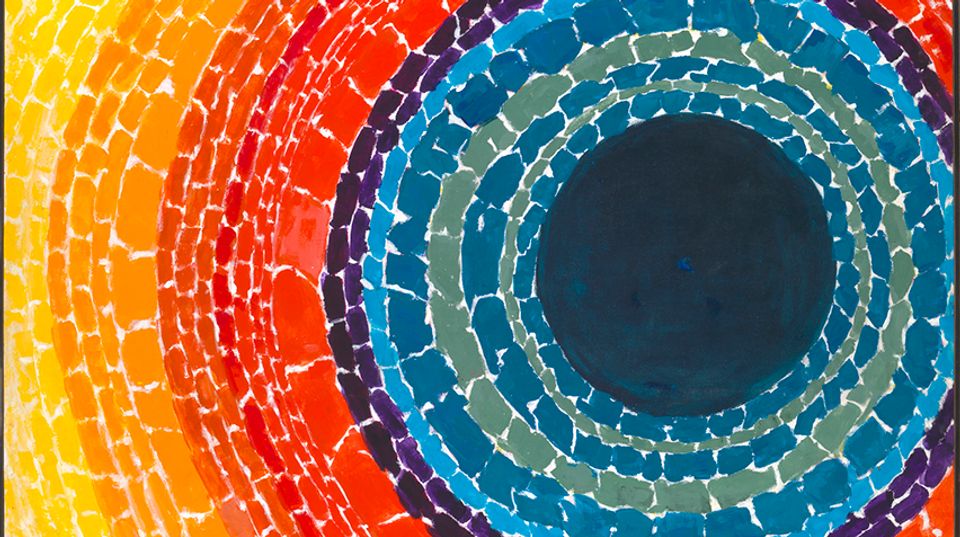
This post is part of an ongoing series on Eye Level: The Best of Ask Joan of Art. Begun in 1993, Ask Joan of Art is the longest-running arts-based electronic reference service in the country. The real Joan is Kathleen Adrian or one of her co-workers from the museum’s Research and Scholars Center. These experts answer the public's questions about art. Last year, Kathleen began posting questions on Twitter and made the answers available on our Web site.
Question: Charles Alvah Walker and Albion Harris Bicknell are artists associated with monotype prints. I can find information about the artists, but what is a monotype? How would I know if I was looking at one?
Answer: A monotype, literally meaning "one print," is a printmaking medium in which a painted image is transferred through pressure to a sheet of paper, producing a unique impression. The monotype is a hybrid medium, occupying a place between the graphic arts and painting. But because these proofs are indirectly produced and printed on paper, and because usually an artist turns out an edition of several copies or versions of the same subject, monotypes are generally classed among the graphic arts. American Art has many monotypes in its collection.
Ralph Mayer, in his book The Artist's Handbook of Materials and Techniques, describes the process: the usual monotype is a painting in any convenient medium that does not dry too rapidly—ordinary oil paint, printing inks, or even aqueous paint - done on a metal plate or a sheet of Plexiglass, either freely or following a transferred outline drawing. Dampened paper is placed on the plate and it is pulled through an etching press, under somewhat lighter pressure than that for an intaglio print. If no press is available, an impression may be obtained by printing in the manner of a woodcut - with a baren or spoon rubbed over the back of the paper.
The first pull or impression is the strongest. Artists can make subsequent impressions, which are lighter and artists often choose to work back into these images, altering the work. Many variations suggest themselves to artists, as it's a direct and flexible method of printmaking.
We have an excellent online exhibition titled Singular Impressions: The Monotype in America that highlights works by 19th-century artists; early innovators of color monotypes; and more contemporary innovations.
For more information about monotypes, you may be interested in the following publications: Prints and Printmaking: An Introduction to the History and Techniques by Antony Griffiths, The Encyclopedia of Printmaking Techniques (Encyclopedia of Art) by Judy Martin, Singular Impressions: The Monotype in America, by Joann Moser (the catalogue to our exhibition), and Complete Printmaker by John Ross.



















